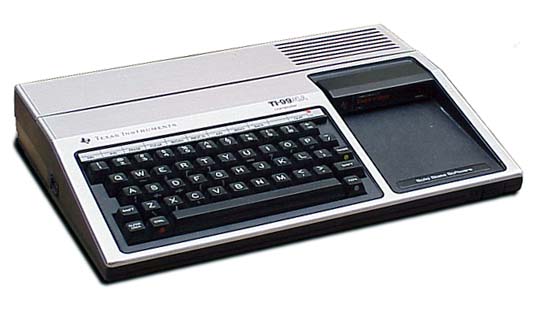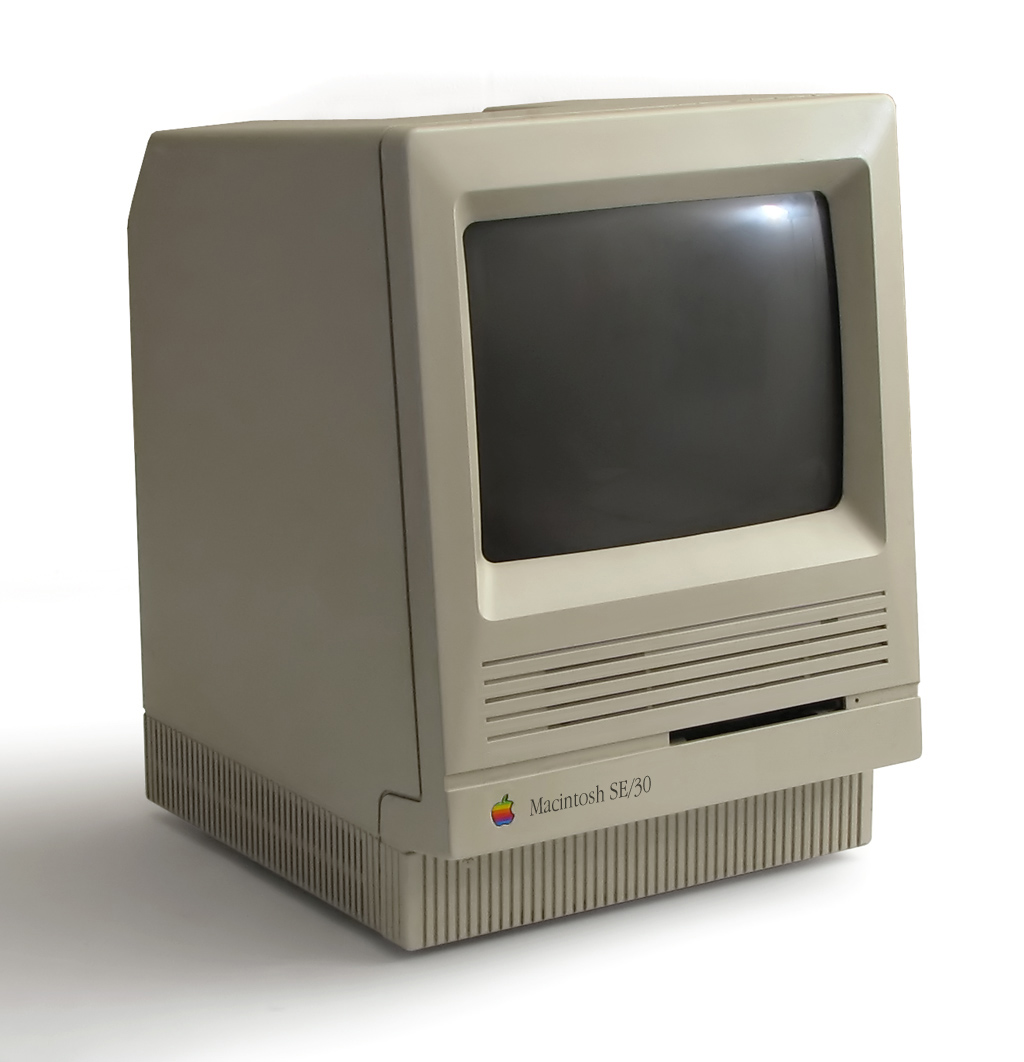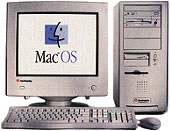Wednesday, December 15, 2010
on carbon footprints and biased judgments
These comments also inspired me to think more about how we judge the impact of our choices on the environment. Everyone knows that driving a fuel-efficient, low-emission vehicle is better for the environment than a gas-guzzler, because this issue is prominent in the news as well as car advertisements. However, a large body of psychological research has shown that our judgments about things like this are often biased. Rather than basing our judgments on statistics (as we should if we want them to be accurate), we often use rules of thumb, or "heuristics" as they are known in psychology. For example, when asked to judge how common something is, we often base our judgments on how readily an example of it comes to mind. This "availability heuristic" is the reason why people's judgments about the prevalence of crime often don't match crime statistics; even when crime is going down, news reports of criminal acts easily come to mind and bias us to think that crime is actually increasing.
When it comes to the impacts of our behavior on the environment, the recent popularity of hybrid cars has made the environmental consequences of driving highly available in our mind, and thus we think of driving as a major component of our carbon footprint. However, some analysis using the various carbon footprint calculators on the web shows that we may be overestimating the relative benefit of buying a fuel-efficient car in comparison to other lifestyle choices that we make.
According to the carbonfootprint.com calculator, my FJ Cruiser will produce about 3.25 tons of CO2 over a year of driving my average of 6000 miles. If I had purchased a Toyota Prius, I would produce 1.17 tons over the same year, a savings a just over 2 tons of CO2.
That sounds like a big reduction in CO2 emissions, but how does it compare to some other choices that we might make? A round trip flight from LAX to JFK produces 2.41 tons of CO2 per passenger when the effects of water vapor are taken into account. Thus, a single airline flight obliterates the benefits of driving a hybrid for a year. Another choice that has a big environmental impact is eating meat. According to the Nature Conservancy's calculator, eliminating meat from one's diet reduces one's yearly carbon footprint by 3.2 tons; again, more effective than buying a hybrid.
The choice that has the largest environmental impact by far is having children. According to a study published last year, the lifetime carbon footprint of an American child is estimated to be more than 9,000 tons of CO2. Thus, the environmental impact of having just one child in the United States is equivalent to 1,450 people each driving a Cadillac Escalade 10,000 miles over one year. Another way to look at it is that the yearly CO2 savings due to all of the hybrid vehicles sold in the US in 2009 (290,272 according to HybridCars.com) is enough to offset the lifetime carbon impact of about 64 American children.
How can we improve our ability to make accurate judgments in situations like this? First we need to be aware of our biases, but this is difficult: Research by Emily Pronin from Princeton University has shown that humans often have a "blind spot" regarding their own biases. Research subjects in one of her studies (who were randomly chosen passengers at the San Francisco airport) rated themselves as substantially less biased than the "average passenger." Once we realize that we are all biased, we can start to try to overcome those biases. One way to overcome biases is to slow down; when we take the time to take in more evidence regarding a judgment or decision, we are more likely to rely upon information that is less biased than the "gut feeling" that our heuristics provide for us.
Sunday, November 21, 2010
My personal computing history
 The first system that I remember programming on was the TI 99/4A, which was a “home computer” released in 1981 (we probably got it around 1982-1983). It came with relatively little software, but I do remember playing a number of games including “TI Invaders” which was their clone of the Space Invaders game. The programs were released on cartridges, more like a video game system than a personal computer. The machine came installed with “TI BASIC” which was a pretty rudimentary version of BASIC. We didn’t have a hard drive, but it was possible to save programs to cassette tape. I don’t remember much about what kind of programming I did on this system, though I’m pretty sure it was all text-based.
The first system that I remember programming on was the TI 99/4A, which was a “home computer” released in 1981 (we probably got it around 1982-1983). It came with relatively little software, but I do remember playing a number of games including “TI Invaders” which was their clone of the Space Invaders game. The programs were released on cartridges, more like a video game system than a personal computer. The machine came installed with “TI BASIC” which was a pretty rudimentary version of BASIC. We didn’t have a hard drive, but it was possible to save programs to cassette tape. I don’t remember much about what kind of programming I did on this system, though I’m pretty sure it was all text-based. |
| Northstar Advantage |
 |
| Apple IIe |
 |
| Macintosh SE/30 |
 |
| PowerTower Pro |
Saturday, November 13, 2010
Becoming an academic road warrior
- extra ziploc bags
- earplugs (for the plane and/or the hotel)
- noise-cancelling headphones (I use the Sennheiser travel headphones which are are small and light)
- an energy bar (in case I miss the chance to eat between long flights)
- my yoga mat (to keep me flexible after too much sitting - I have a very thin and light mat that's easy to pack)
- for international travel: Ambien (for sleeping on the plane and overcoming jet lag)
Wednesday, November 10, 2010
My Productivity Toolbox
Tuesday, October 19, 2010
statistical redistricting: how to save lots of time and money and get just about the same result
David Sparks has posted an interesting piece about using statistical clustering to determine US Congressional districts (h/t R-Bloggers). He uses k-means clustering, and then analyzes the "partisanship" of the resulting districts by assuming that districts with above-median population density are Democratic and those with below-median density are Republican (I'm not sure how good an assumption that is). The result is that you get much more reasonable looking districts than the crazy ones that politicians come up with, but the partisan balance doesn't seem to change (again, under the assumption that density=party). Here is an example of the map for Texas:
This is, of course, way too reasonable to actually be put into practice.
Friday, October 15, 2010
My workflow for writing papers (or, why I switched to LaTeX)
In the last few years I have changed my workflow for writing papers pretty radically. Previously, I used Microsoft Word along with Endnote as my primary platform (on the Mac, of course). My decision to change was driven by several factors:
- I had grown tired of the klunkiness of Endnote and the lags in its integration with new versions of Microsoft Word.
- I had grown even more tired of Word's tendency to crash, or to do crazy things that could only be fixed by starting with a completely new file.
- I was just starting to work on a book, and I knew that for a large project like that, using Word would be a nightmare. In addition, my coauthors and I wanted to use a source code management system to coordinate changes to the document, and this was not really practical with Word files.
In the end, I decided to move to LaTeX as my primary platform for writing papers and books. For those not familiar with LaTeX, you can think of it as a markup language like HTML, only for writing papers rather than web pages. Editing a paper in LaTeX is not WYSIWYG - that is, you don't see the actual layout of the paper as you type. Rather, you have to typeset the paper in a separate step. For example, a very short paper might look like this in LaTeX:
\documentclass[11pt]{article}
\title{My Article Article}
\author{Russ Poldrack}
\begin{document}
\maketitle
\section{Introduction}
This is the content of the paper.
\end{document}
Why on earth, you might ask, would I want to give up WYSIWYG editing to write my papers using some obscure markup language? The main reason is that it's very flexible, both in how you use it and what it can do. Because the files are plain text, you can edit them using any editor you wish. I use a package called TexShop which has a built-in editor and makes it easy to write, build, and view documents, but I know many others prefer emacs. There are also many different packages and style files available, which allow a ton of flexibility in layouts and formatting. Finally, the fact that they are plain text files with a known format means that you can do tricky things like automatically generating LaTeX files from the information in a spreadsheet or database. I did this a couple of years ago when we had application packets from about 150 people for a summer course; I was able to take the application data from a web database and turn each person's data into a nicely-formatted package, all done using a few pages of python code.
Another major reason for moving was BibTex, which is the reference management system used with LaTeX. After all of my annoyances with Endnote + Word, BibTeX was like a dream. I use the BibDesk application to organize my libraries; it includes integrated searching of PubMed and other repositories and has met my needs almost perfectly. It's also possible to export BibTeX libraries from Papers, but BibDesk is nice because it operates directly on the BibTeX library so there is no need to export.
There is only one thing that I seriously miss from my days of using Word, and that is the "Track Changes" feature for collaborative writing. One can use unix tools like diff to find where two files differ, but that still only tells you which lines were changed, not what actual text was changed. There is at least one open source tool that provides something similar to Word's track changes for LaTeX (LaTeX Diff) but I've not yet been able to get it to work on my Mac.
Another problem is that many of my collaborators are not LaTeX users, so I can't exactly send them a file of raw LaTeX code and expect them to edit it. There are a couple of alternatives. First is to save it as PDF and let the colleagues make comments on the file, but this doesn't let them actually edit the file. What I generally do is export the file to rtf (using latex2rtf) and then send that to my colleagues. Then I have to put their edits back into the LaTeX file by hand. Not exactly optimal, but it gets the job done.
Writing papers using LaTeX is not for everyone. There is definitely a learning curve, and occasionally things happen that require some pretty serious debugging. It also helps if your collaborators are also LaTeX users. But in general, it's been a welcome change from Word+Endnote.
Here are some resources that have been useful for me:
- The LaTeX wikibook
- MacTeX - this distribution makes is very easy to install LaTeX on the Mac.
- Using LaTeX for NIH Grants - we have now written several grants using LaTeX and find it much more usable than Word.
- APA format for BibTeX
- Typesetting your academic CV in LaTeX - I use an adaptation of this template for my current CV
